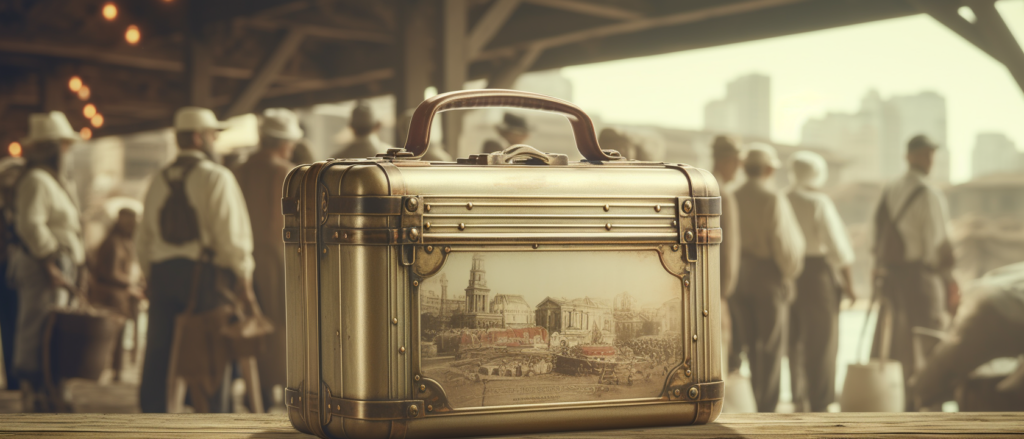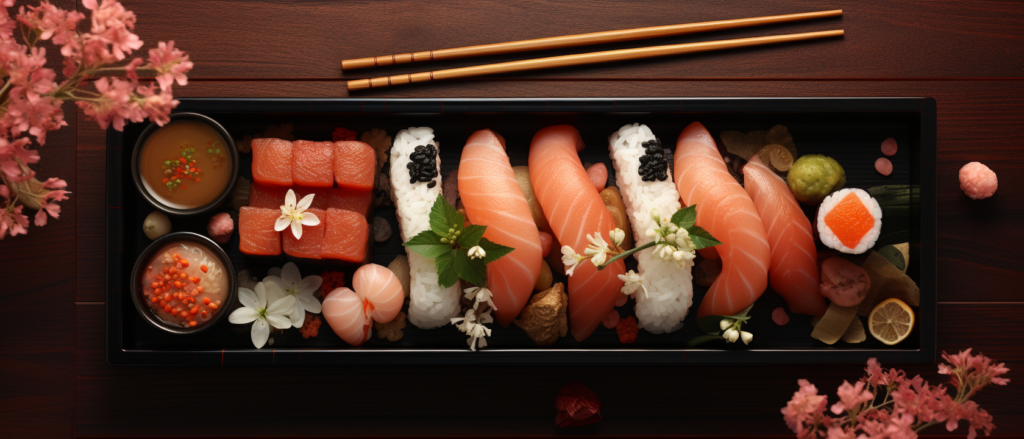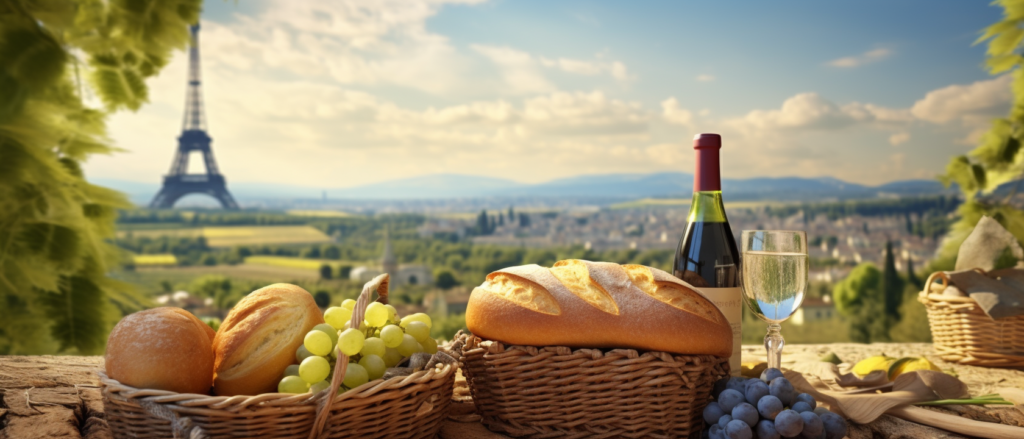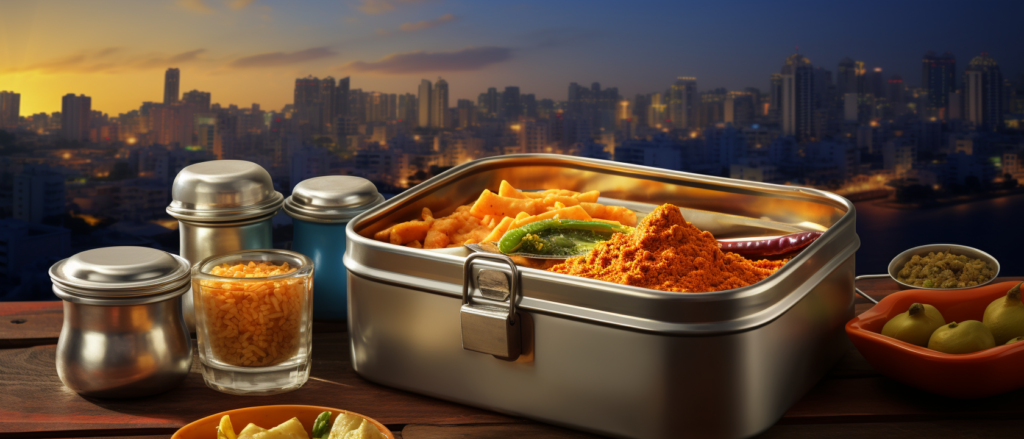The humble packed lunch, a seemingly mundane part of our daily routine, carries with it a rich and flavorful history. From the ancient Egyptians to modern-day office workers, the practice of packing a meal to be enjoyed later has evolved in fascinating ways. Join me as we unwrap the history of packed lunches, exploring the cultural, economic, and technological influences that have shaped this culinary tradition.
Ancient Beginnings
Egypt and Mesopotamia
The history of packable lunches can be traced back to ancient Egypt and Mesopotamia. Workers building the pyramids would carry simple meals of bread, cheese, and beer in clay pots.
Greece and Rome
In ancient Greece and Rome, soldiers and travelers would carry provisions like olives, cheese, and wine in containers made of leather or bronze.
Medieval Times
During the medieval period, peasants would pack simple lunches of bread, cheese, and ale. Nobles, on the other hand, enjoyed more elaborate fare, often packed in ornate boxes.
The Industrial Revolution

The Industrial Revolution brought significant changes to the way people worked and lived. Factory workers needed portable meals, leading to the widespread use of tin lunch pails.
School Lunches
[MDJN Vintage school lunchbox, colorful design, thermos, sandwich, fruit, cookies, classroom background, children, 1950s style, nostalgic, detailed rendering, 4K resolution –ar 700:300 center]
The tradition of packing school lunches began in the 19th century. By the mid-20th century, lunchboxes with popular characters became a cultural phenomenon.
The Bento Box

In Japan, the bento box has been a part of the culinary landscape for centuries. These beautifully arranged meals are a blend of art and sustenance.
The Modern Lunchbox
Today’s lunchboxes reflect our values and lifestyles. From eco-friendly containers to gourmet meal prep, the modern lunchbox is a symbol of personal expression.
Cultural Perspectives
France: Le Pique-Nique

In France, the picnic is an art form. Fresh bread, fine cheese, and wine are essential components of this beloved tradition.
India: Tiffin Boxes

In India, the tiffin box is a staple for office workers. The intricate delivery system by dabbawalas in Mumbai is a marvel of logistics.
The Future of Packable Lunches
With advancements in technology, the future of packed lunches may include smart containers that track nutrition and even heat food on command.
Conclusion
The history of packed lunches is a culinary journey that reflects our evolving relationship with food, work, and leisure. From ancient clay pots to futuristic smart containers, the way we pack our meals tells a story about who we are and where we’re going.
So the next time you pack a lunch, remember, you’re not just making a meal; you’re partaking in a rich and flavorful tradition. Bon appétit!
